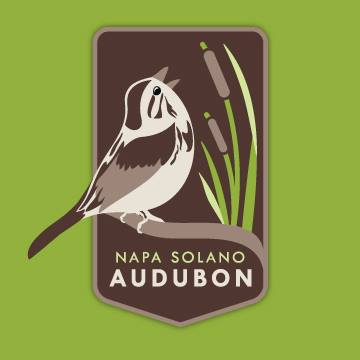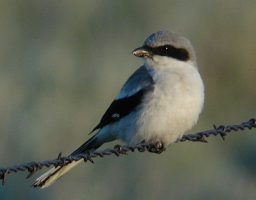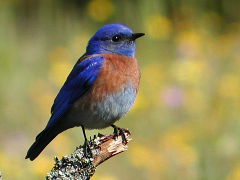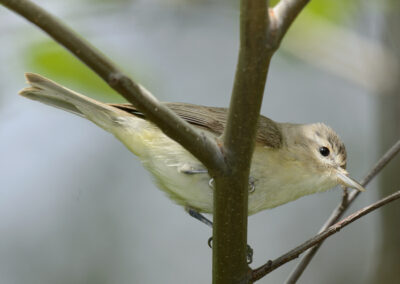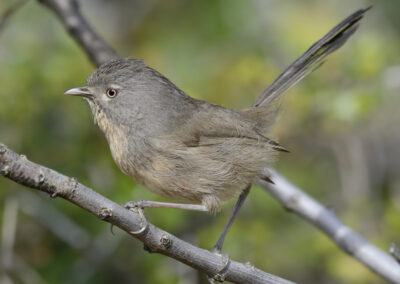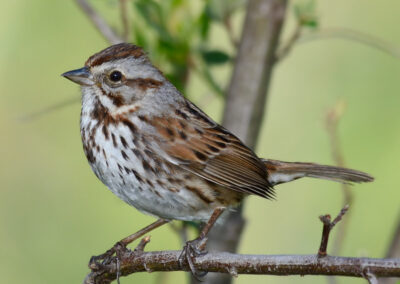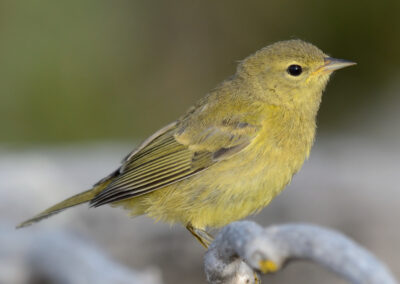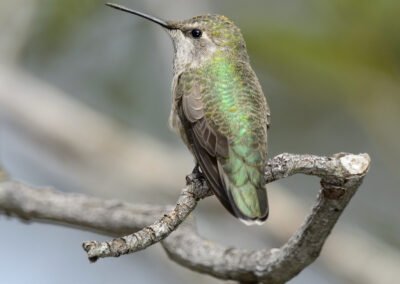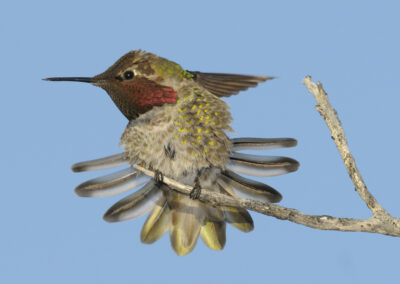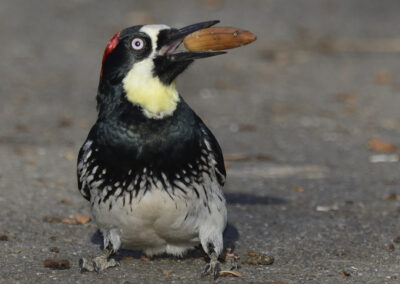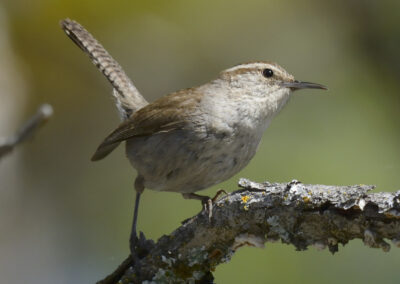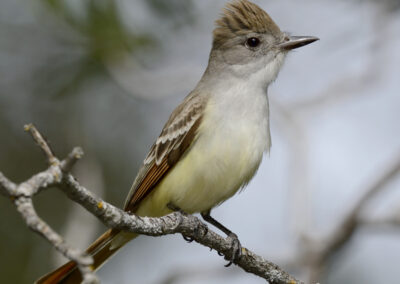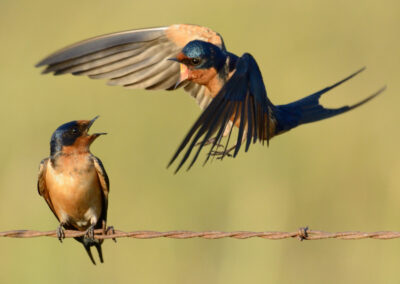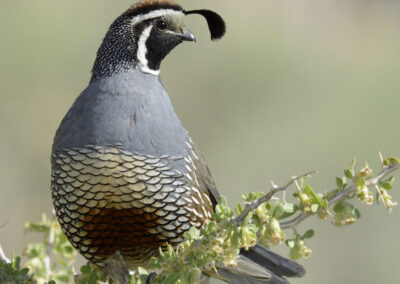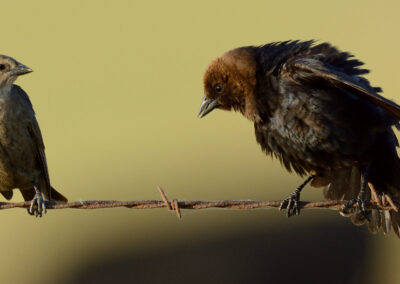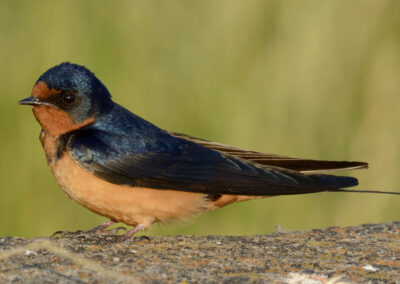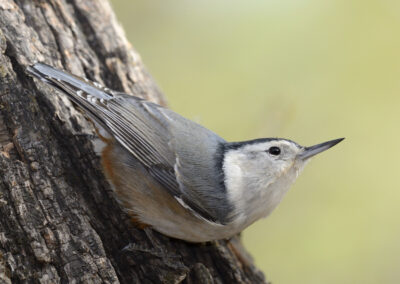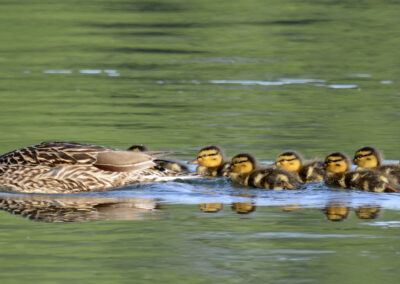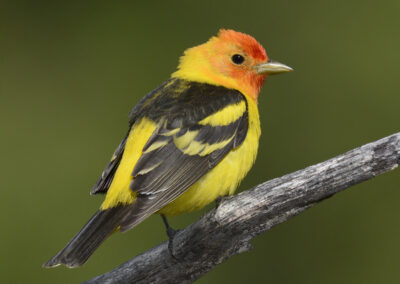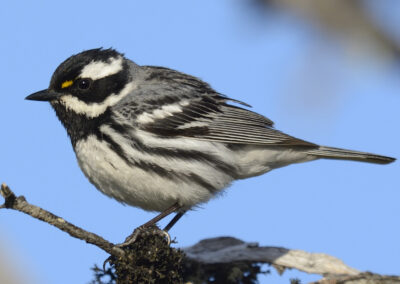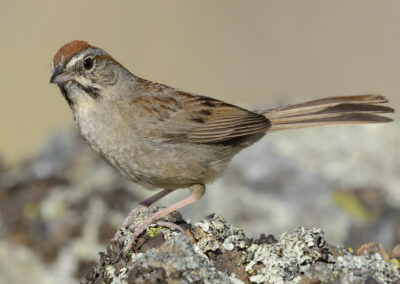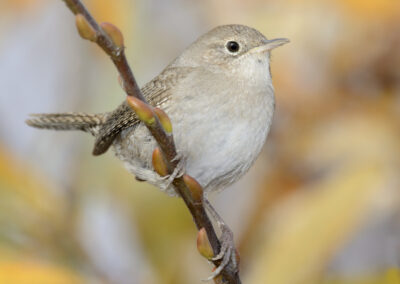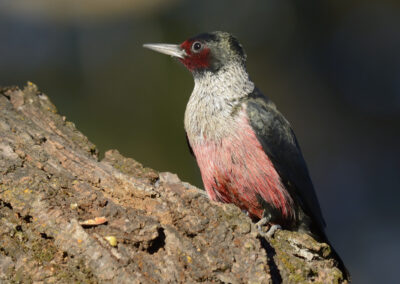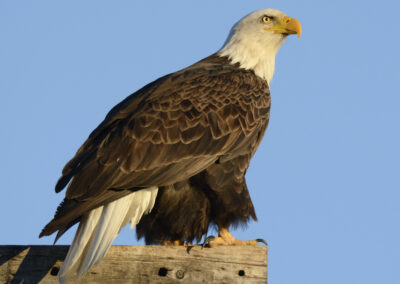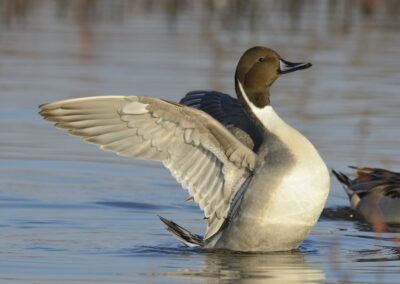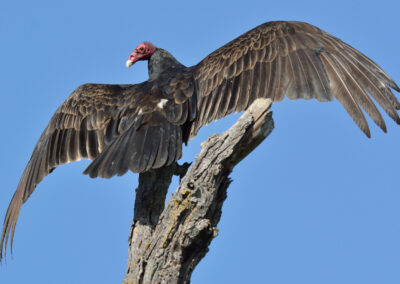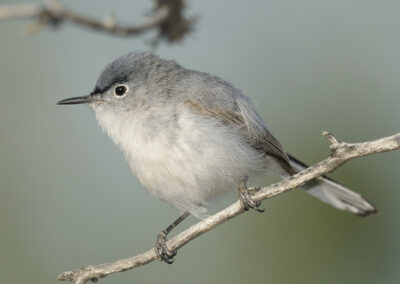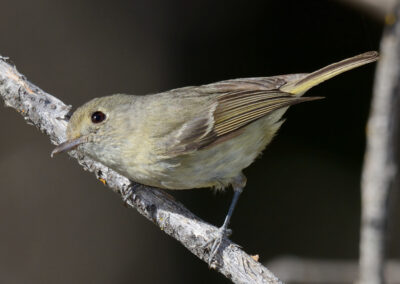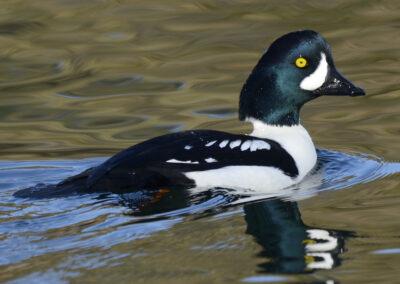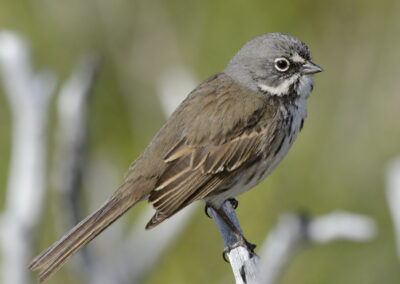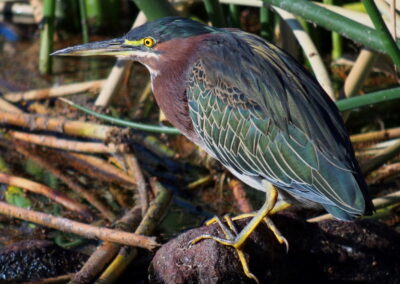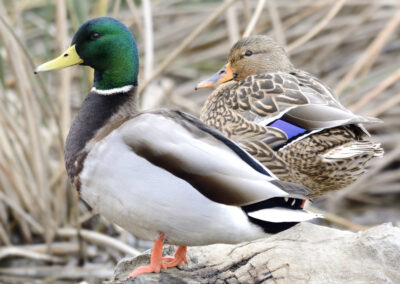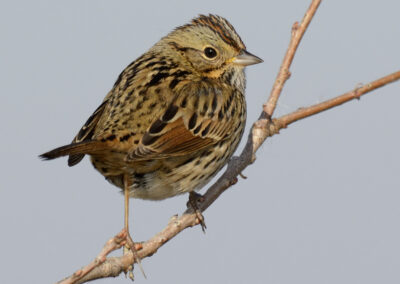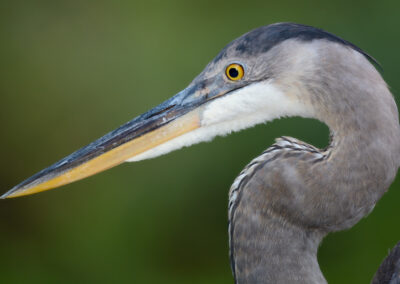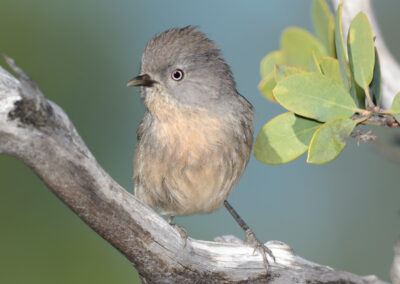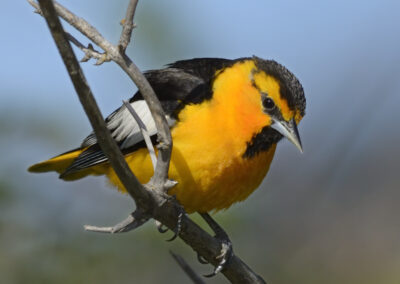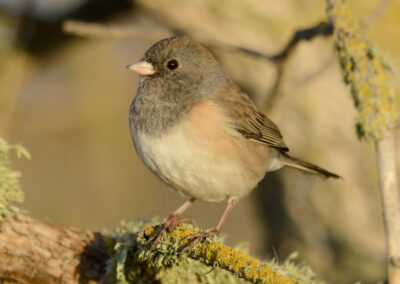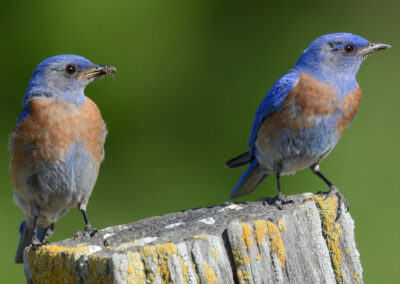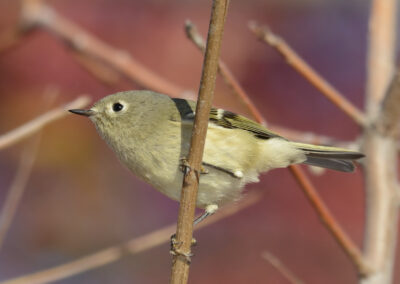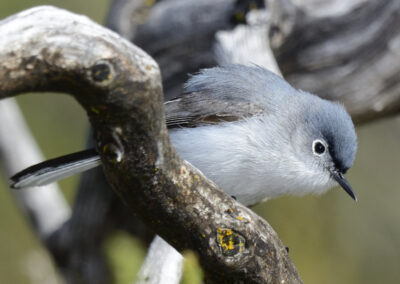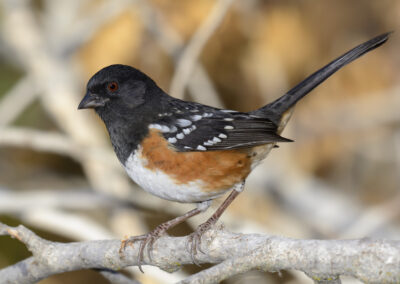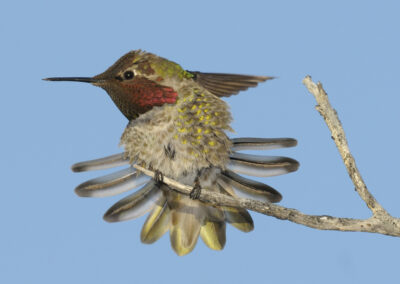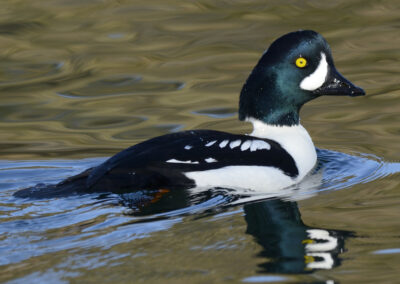Habitat Conservation
Habitat Restoration on Vineyards, Agricultural Lands & Beyond
Napa-Solano Audubon launched this project in partnership with Viticulturist Katey Taylor of Napa County. The goal is to help agricultural landowners and others take significant conservation steps on their lands. Measures include planning the installation of diverse native vegetation as hedge rows and around ponds; establishing wildlife corridors; removing invasive species; and installing nest boxes and floating nest platforms.
Nearly 30% of Napa and 66% of Solano land areas are dedicated to agricultural production. Agricultural lands are often overlooked for restoration opportunities, yet can potentially provide opportunity for restoration of woodland, riparian and grassland habitats. Improving plant diversity can help wildlife, reduce invasive, exotic plants, attract beneficial insects, and increase the overall environmental health and biodiversity of an agricultural area. This project helps to promote wide-scale habitat restoration, by making information and resources about local native plant species and bird populations more readily available to land owners. The educational program and information sharing, helps identify current and potential bird species and habitat improvement possibilities. In addition, workshops and field demonstrations provide a hands-on approach and grower-to-grower sharing of information.
This project was funded, in part, by a grant from TogetherGreen, a dynamic and innovative national Audubon program funded by Toyota, that aims to provide inspiration, leadership, and opportunities for people to take action at home, in their communities and beyond to improve the health of our environment.
TogetherGreen will invest in both promising environmental projects and outstanding leaders that can shape a brighter tomorrow. Along with Innovation Grants to be awarded each year, TogetherGreen funds and promotes conservation leadership training and volunteer programs designed to equip and engage diverse groups and individuals to take action today to shape a healthier tomorrow. Information on other grantees, along with opportunities to get involved in conservation efforts, showcase successful initiatives, and honor those who are making a difference, can be found at www.TogetherGreen.org.
Now in its second century, Audubon connects people with birds, nature and the environment that supports us all. Our national network of community-based nature centers, chapters, scientific, education, and advocacy programs engages millions of people from all walks of life in conservation action to protect and restore the natural world. www.audubon.org
Loggerhead Shrike © 2006 Dave McMullen
Western Bluebird © 2005 Dave McMullen
Habitat Restoration Terms
Wildlife Corridors
Although landscape fragmentation and simplification due to agriculture is extensive, wildlife corridors can help to promote a healthy ecosystem. Corridors which allow wildlife and plant populations to move between one patch and another enhance the chance for survivorship and genetic health. These corridors can come in many forms, including riparian zones and vegetation strips known as hedgerows and many vineyards are beginning to focus attention on their creation.
Expansion of monocultures has decreased abundance and activity of natural enemies. Scientists are concerned that accelerated rates of habitat removal will noticeably affect pest control by biocontrol agents.
In order to combat this problem, many farmers and researchers have proposed increasing the vegetational diversity of agricultural landscapes through methods such as planting vegetation adjacent to a crop field or including hedgerows within a field.
Hedgerows
A hedgerow is a line or grouping of trees, shrubs, perennials, herbs, annuals, grasses and vines planted along fence lines, property lines, agricultural borders, water areas etc. Using a diversity of plant materials lures insects, which in turn bring beneficial predators such as other insects, birds, toads, frogs and lizards.
Lately, many farmers have been using hedgerows with a diversity of plants and flowering periods in order to provide habitat for failing bee populations.
For a comprehensive guide on hedgerows, including considerations when planting a hedgerow, cost estimates, maintenance suggestions as well as plant lists, you can download the 70-page (3-megabyte pdf) Hedgerows for California Agriculture A Resource Guide by Sam Earnshaw.
